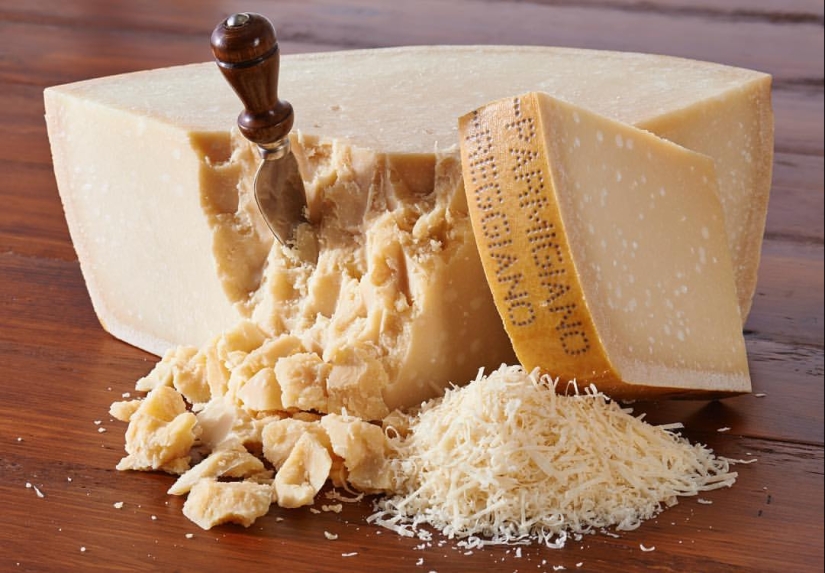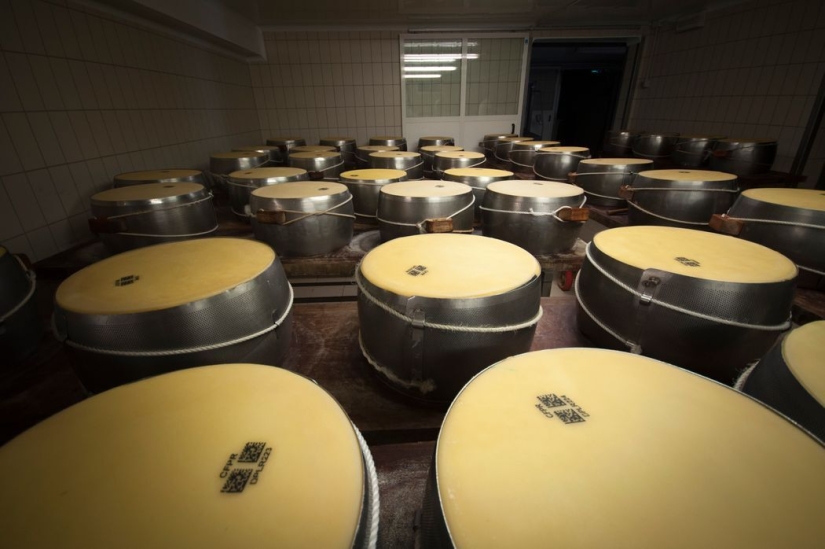Protecting parmesan from counterfeiting: edible microchips
Categories: Europe | Food and Drinks | World
By Pictolic https://pictolic.com/article/protecting-parmesan-from-counterfeiting-edible-microchips.htmlItalian cheese makers have begun using edible chips to protect against fakes. The microchips are the size of a grain of sand and are made of silicone. They are inserted into the casein shell of the cheese, next to a special QR code. Information can be read by a laser scanner.

In today's world, where quality products are often counterfeited, manufacturers are forced to look for new ways to protect their products. Italian cheesemakers, striving to maintain the reputation of one of the most famous cheeses in the world - Parmesan, have made an unusual decision, as reported by an authoritative source in The Wall Street Journal.
According to the article, to combat the falsification of the premium product and its cheap counterparts, cheese producers are introducing edible microchips. Parmigiano-Reggiano cheese, which has special protection in the European Union, can only be called such if strict standards of production and origin are observed. This makes it an exceptionally valuable product, but also vulnerable to counterfeiting.

The original Parmigiano Reggiano is produced exclusively in the Emilia-Romagna region of northern Italy and must be aged for at least a year. Cheese makers use microscopic microchips, the size of a grain of sand, to control the authenticity of the product and its journey from the manufacturer to the end consumer. These silicon microchips are inserted into the edible shell of the cheese, and each has a unique serial number.

Thanks to blockchain technology, these microchips not only confirm the authenticity of the product, but also allow you to track the entire path of the product, thus ensuring consumer confidence. The main advantage of this technology is data security: it is practically impossible to hack a microchip to determine the geolocation of a cheese head remotely.
Recent articles

Twitter user @FactBuffet collects interesting facts about everything. Today we bring to your attention another series of facts that ...

Aomori Prefecture in the north of the Japanese island of Honshu is an agricultural region famous for its delicious apples. In ...

Imagine a baby vampire or a tiny zombie with glass eyes ... An artist from the USA Bean Shanine specializes in creating such ...